Product Description

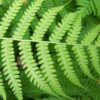
Dennstaedtia punctilobula – Hayscented Fern
Native/Non-native – Native
Hardiness Zone – 3-7
Sun – Partial shade to shade
Moisture – Dry to moist
Size – 18-30″ height
Comments
* Acid soils 5.5 pH
* Rapid spreader
* Deciduous
Description
Species: Dennstaedtia punctilobula
Common Name: hay-scented fern
Type: Fern
Family: Dennstaedtiaceae
Native Range: Eastern North America
Zone: 3 to 8
Height: 1.50 to 2.00 feet
Spread: 2.00 to 3.00 feet
Bloom Time: Non-flowering
Bloom Description: Non-flowering
Sun: Part shade to full shade
Water: Medium
Maintenance: Medium
Suggested Use: Naturalize
Leaf: Fragrant, Good Fall
Tolerate: Rabbit, Heavy Shade
Garden locations
Culture
Best grown in moist, rich, humusy, acidic, medium moisture loams in part shade to full shade. With consistent moisture, it tolerates full sun. Also tolerates a wide range of soils, including poor rocky soils and, once well established, dry soils. Also tolerates full shade. Spreads aggresively by rhizomes to form colonies.
Noteworthy Characteristics
When brushed with a hand, crushed or bruised, the fronds of hay-scented fern release a fragrance reminiscent of fresh mown hay. This is a deciduous fern that is native to open woods and wooded banks in the eastern and midwestern U. S. Although uncommon in Missouri, it is quite common, almost to the point of being considered weedy, in some parts of its range such as New England. It typically grows to 2’ tall and features lacy, narrow-triangular, erect to arching, yellowish green fronds (to 30” long). Fronds turn yellow in fall. Marginal sori are surrounded by cup-shaped indusia, hence the sometimes used common name of cup fern for plants in the genus Dennstaedtia. Genus honors A. W. Dennstaedt, 18th century German botanist.
Problems
No serious insect or disease problems. In hot summer climates, fronds tend to decline by late summer.
Garden Uses
Good fern for naturalizing in woodland areas, shade gardens, cottage gardens or wild areas.


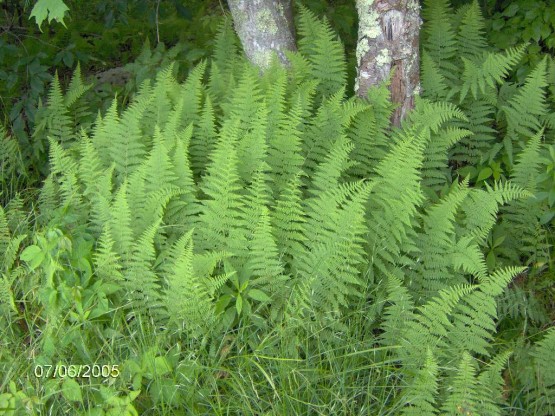

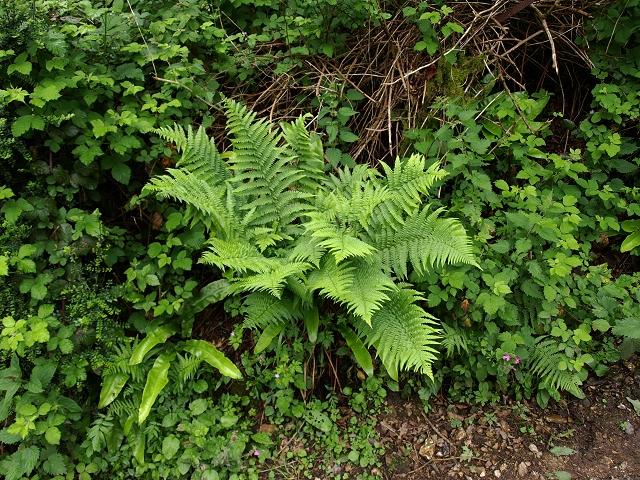
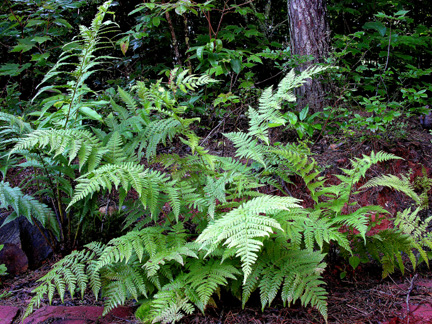
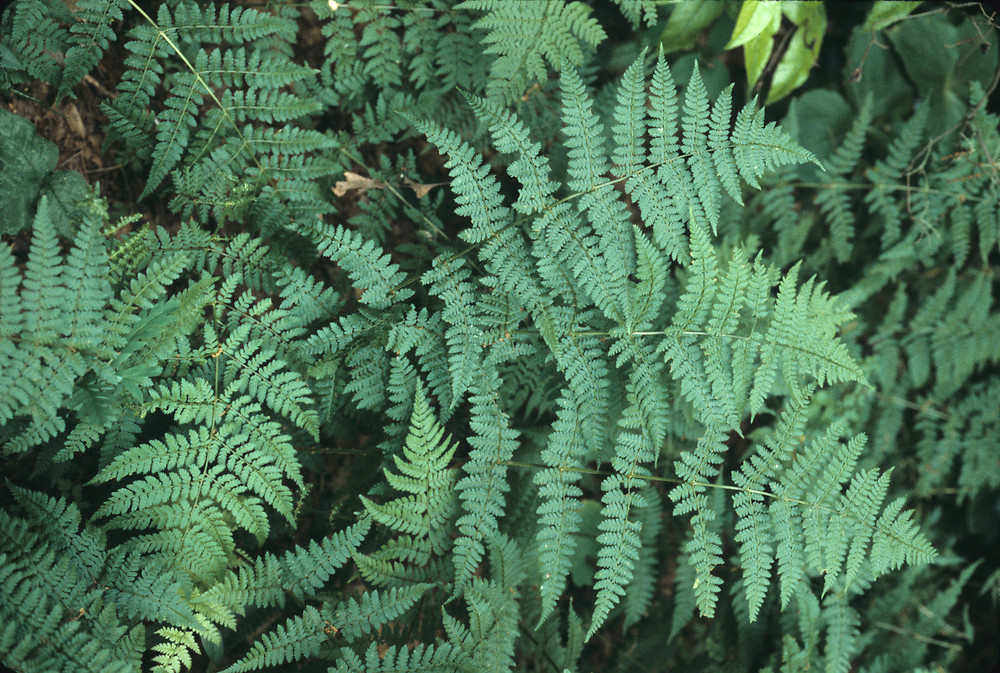
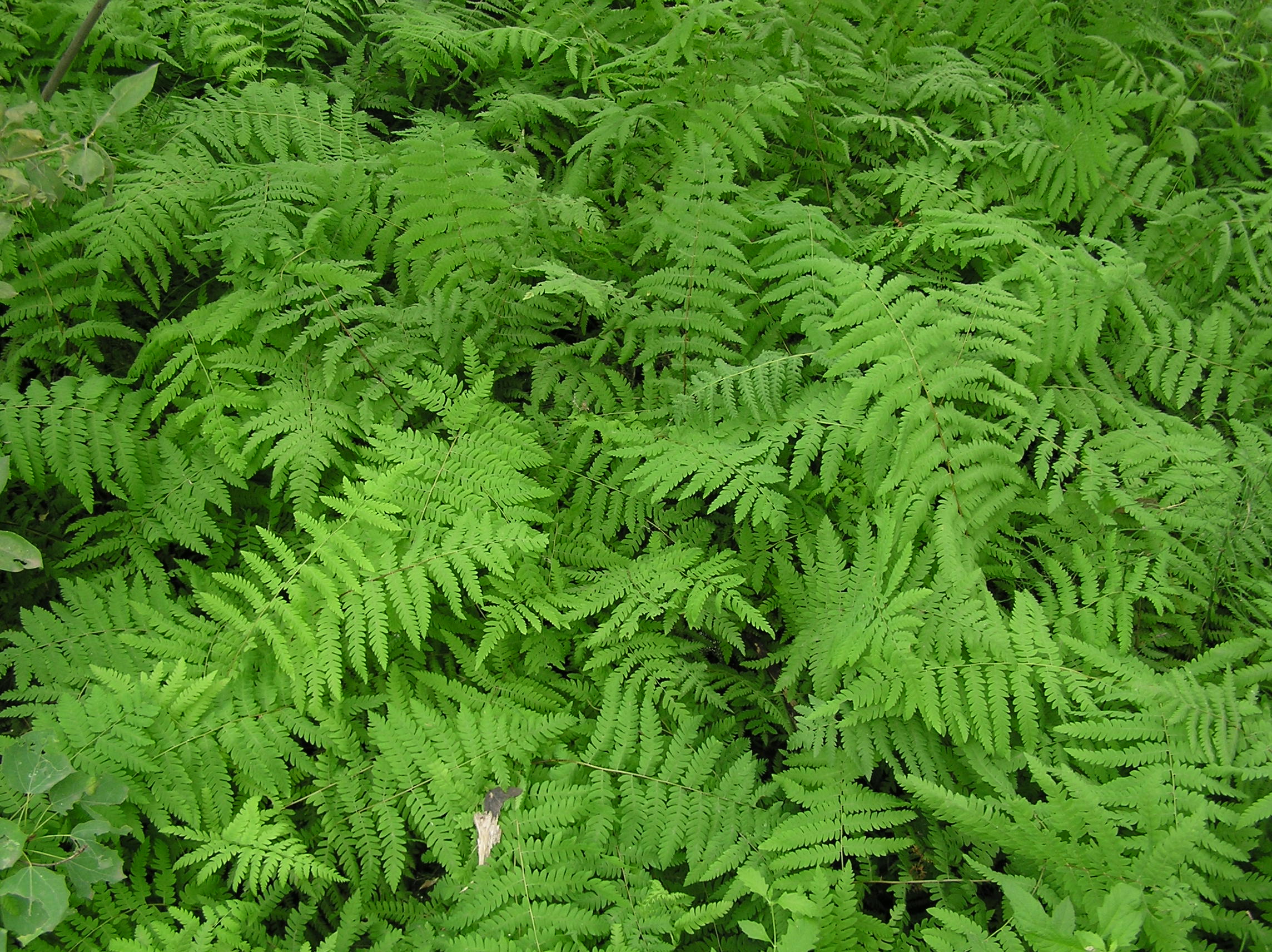

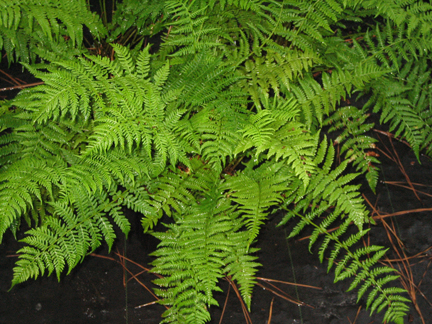
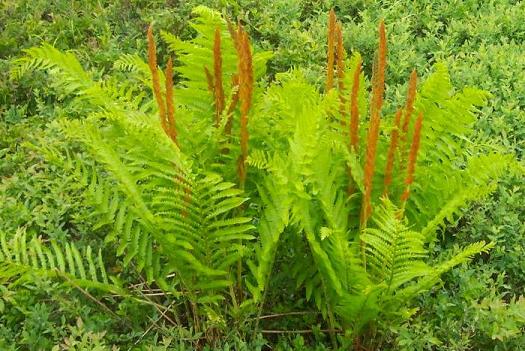
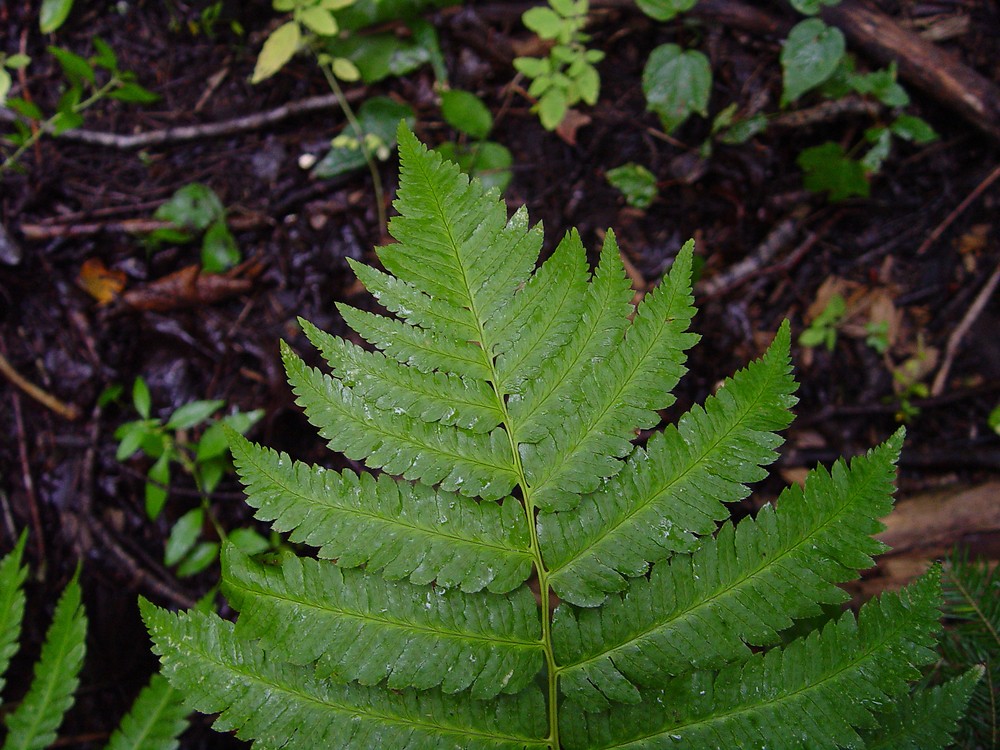
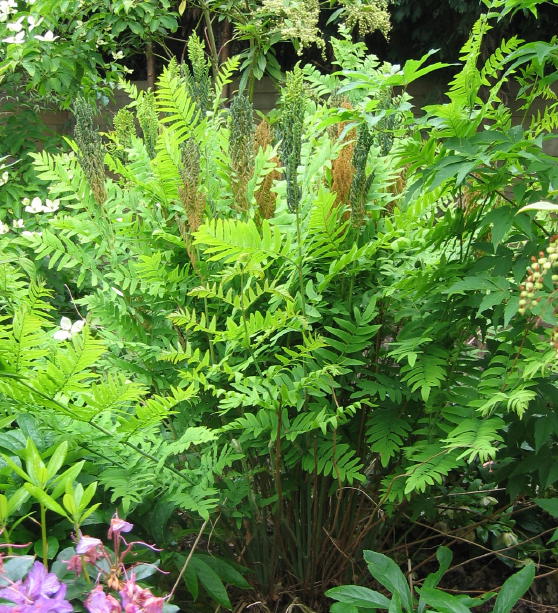


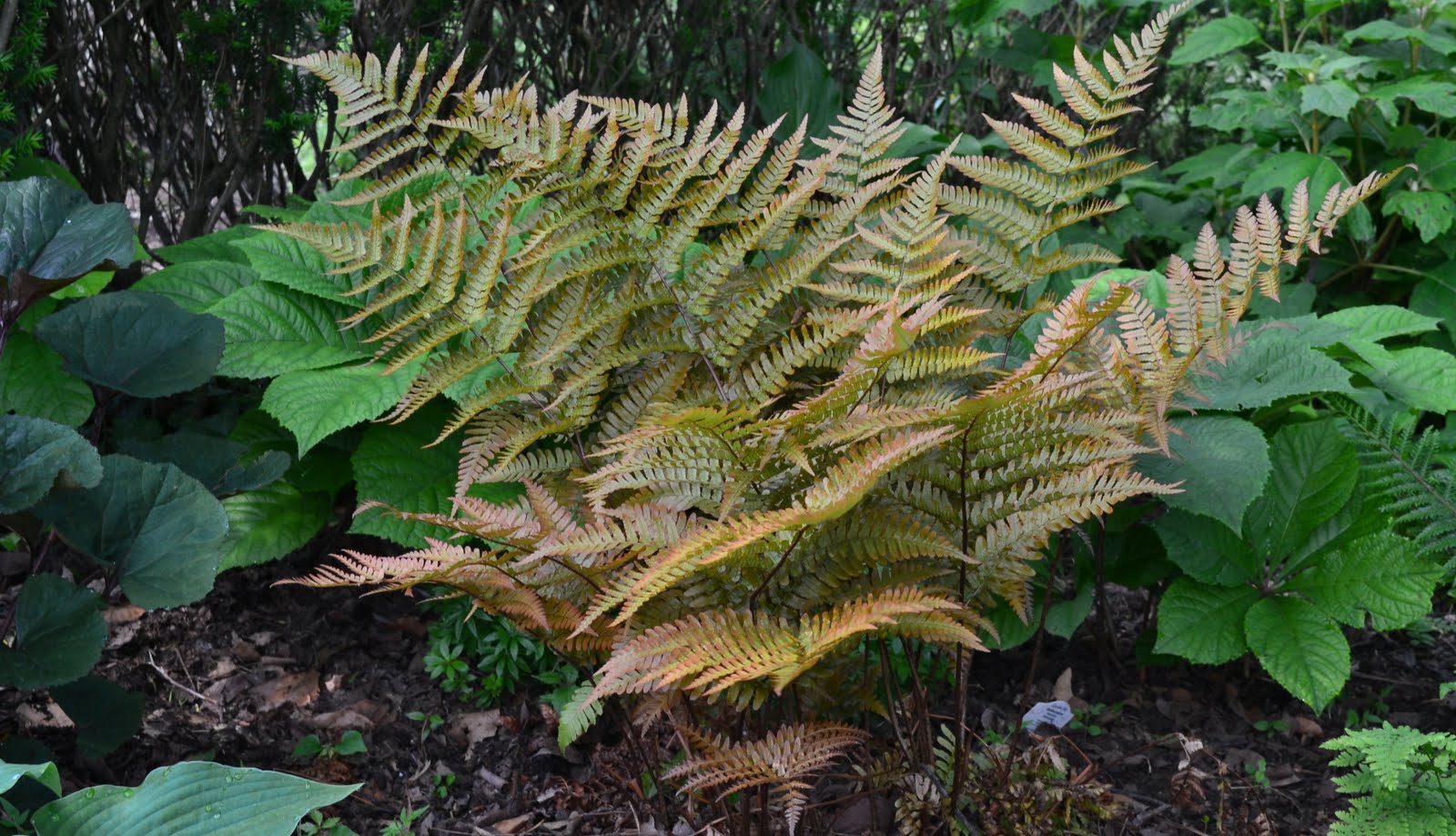
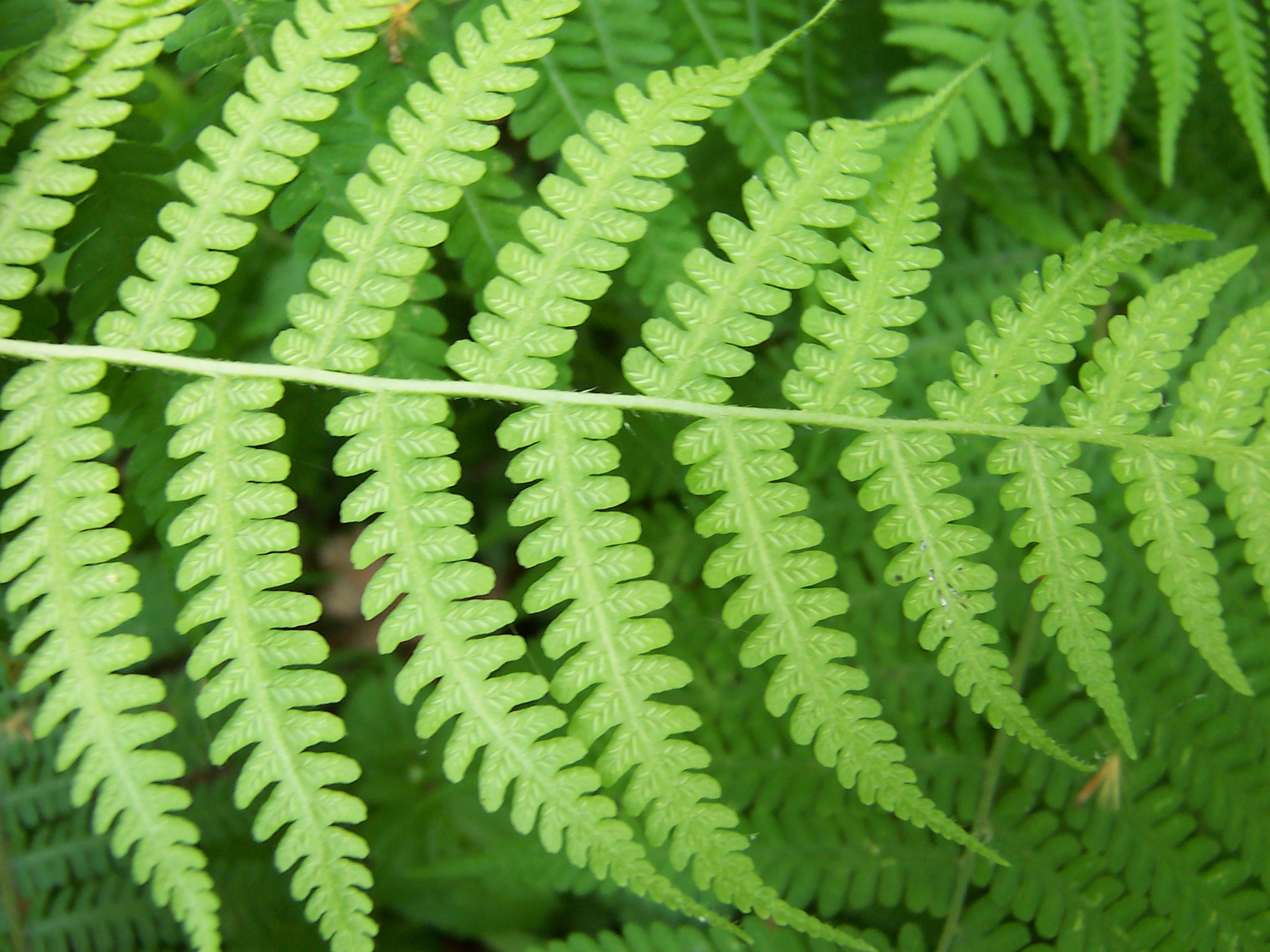

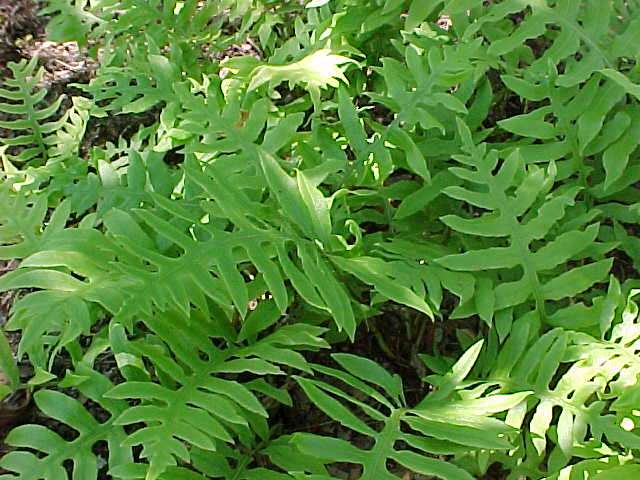
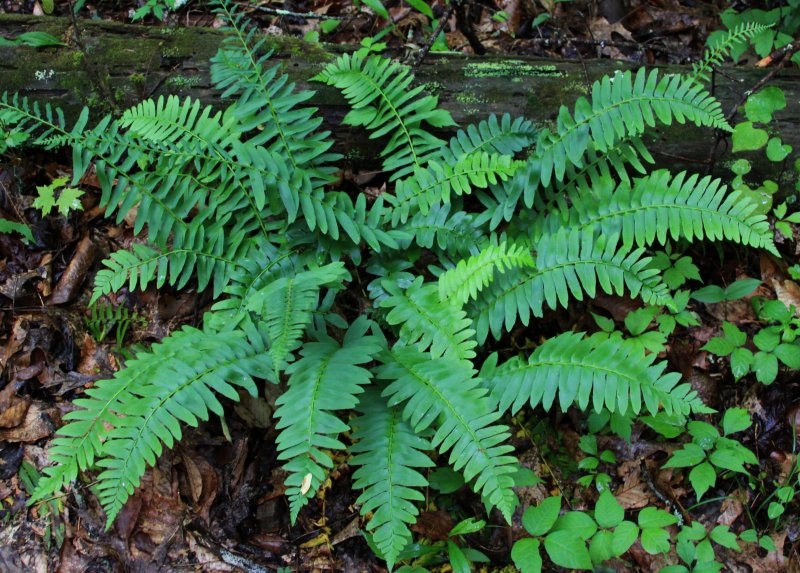
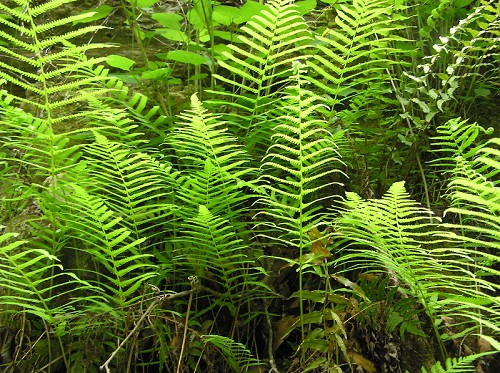






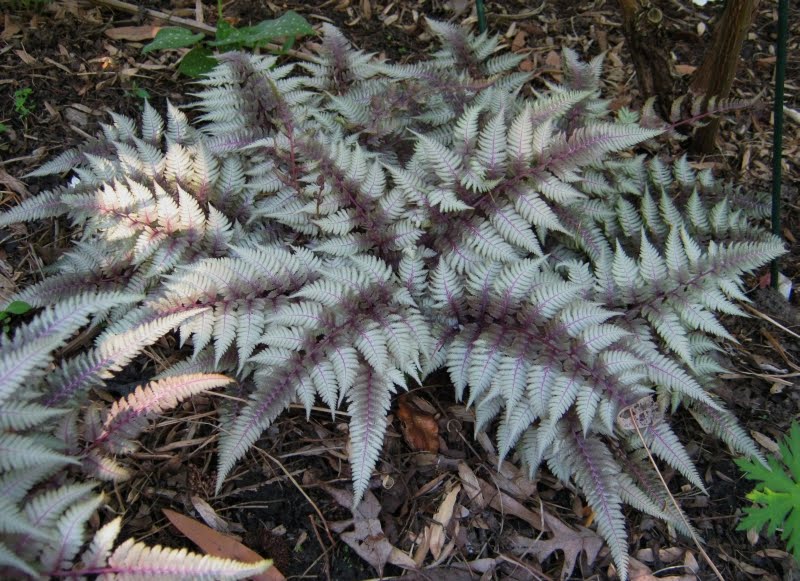

Reviews
There are no reviews yet.